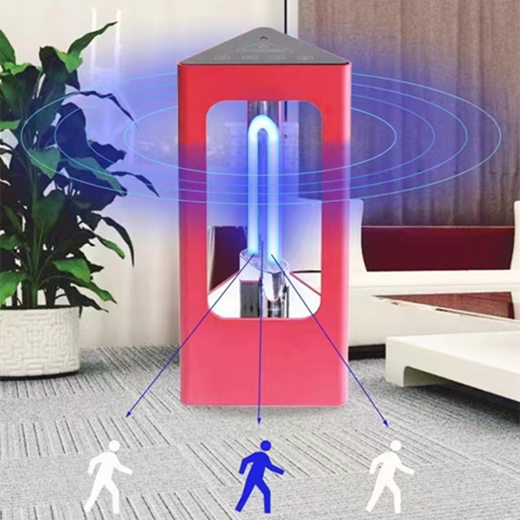|
|
Edited by WokerBee at Dec 13,2022 02:44
The classification of ultraviolet rays includes UVA, UVB, UVC and UVD.
UVA Radiation , wavelength 320-400nm, also known as long-wave dark spot effect ultraviolet rays. It has strong penetrating power and can penetrate most transparent glass and plastic. More than 98% of the long-wave ultraviolet rays contained in sunlight can penetrate the ozone layer and clouds to reach the surface of the earth. UVA can directly reach the dermis of the skin, destroy elastic fibers and collagen fibers, and make our skin tanned. The 360nm wavelength UVA ultraviolet light conforms to the phototaxis response curve of insects, and can be used to make insect trap lamps. UVA rays with a wavelength of 300-400nm can pass through a special colored glass lamp tube that completely cuts off visible light, and only radiate near-ultraviolet light centered at 365nm. Application scenarios: it can be used in ore identification, stage decoration, currency inspection and other places.
UVB Radiation , wavelength 275 ~ 320nm, also known as medium-wave erythema effect ultraviolet rays. Medium penetrating power, its shorter wavelength part will be absorbed by transparent glass, most of the medium-wave ultraviolet rays contained in sunlight will be absorbed by the ozone layer, and less than 2% can reach the earth's surface, especially in summer and afternoon. UVB ultraviolet rays have an erythema effect on the human body, can promote mineral metabolism in the body and the formation of vitamin D, but long-term or excessive exposure will cause the skin to tan, and cause redness, swelling and peeling. Application scenarios: Ultraviolet health care lamps and plant growth lamps are made of special transparent purple glass (which does not pass through light below 254nm) and phosphors with a peak near 300nm.
UVC Radiation , wavelength 200 ~ 275nm, also known as short-wave sterilization ultraviolet light. It has the weakest penetrating ability and cannot penetrate most transparent glass and plastics. The short-wave ultraviolet rays contained in sunlight are almost completely absorbed by the ozone layer. Short-wave ultraviolet rays are very harmful to the human body. Short-term exposure can burn the skin, and long-term or high-intensity exposure can also cause skin cancer. Application scenario: UV Germicidal Light.
UV Germicidal Light

UVD Radiation , wavelength 100 ~ 200nm, also known as vacuum ultraviolet. Because it cannot penetrate the air, it only exists in space.
|
|